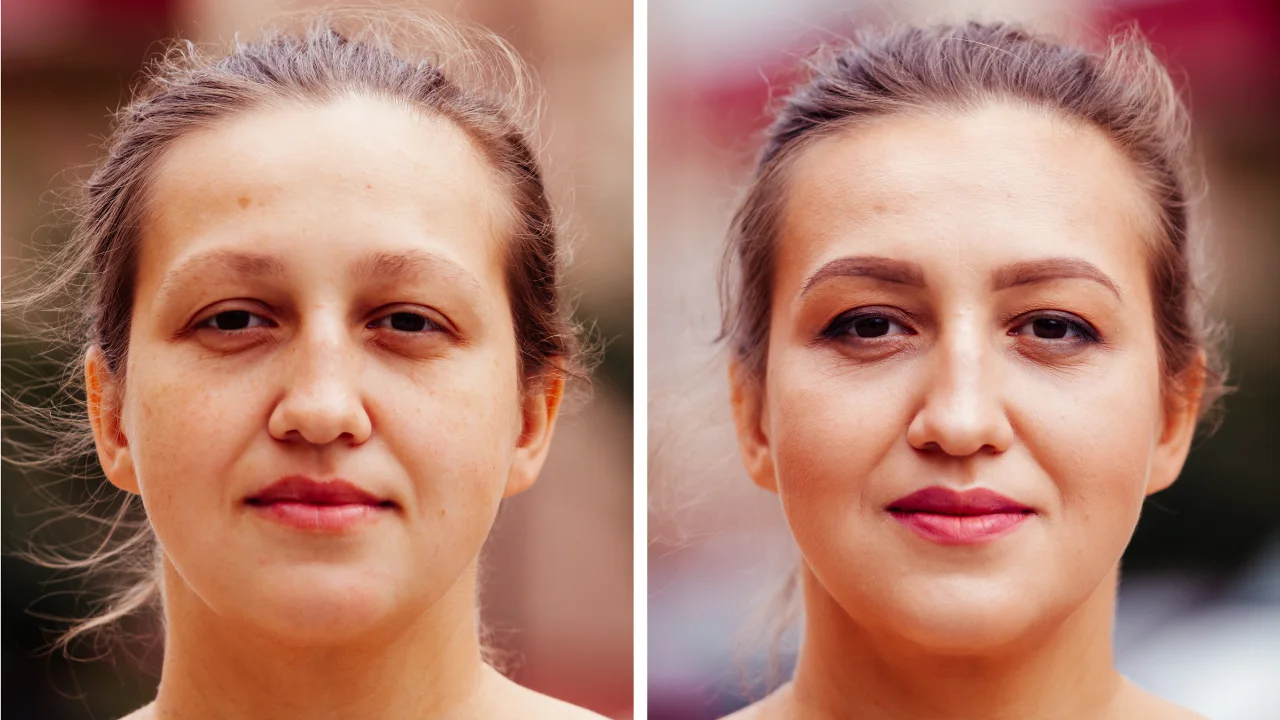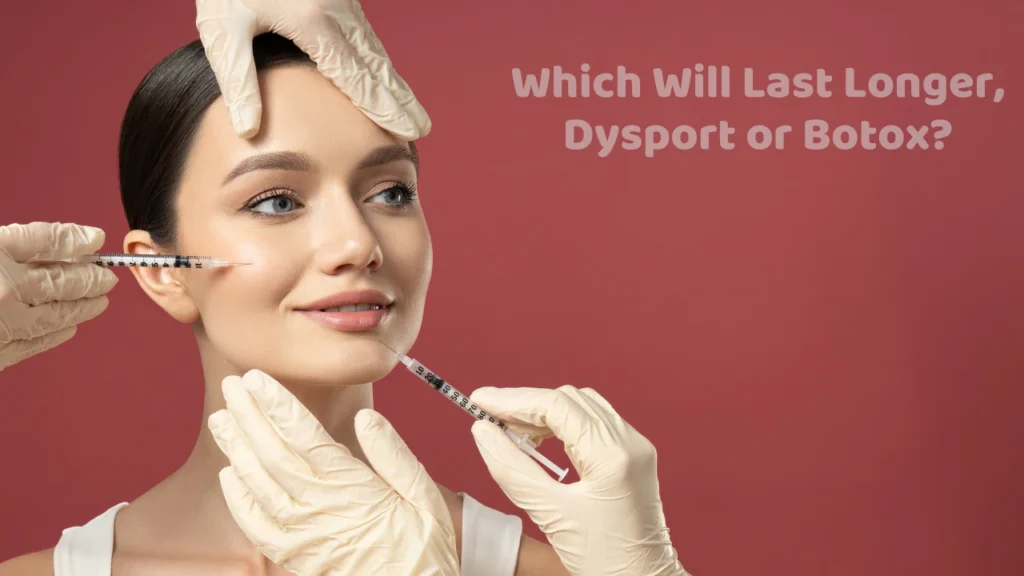Become an Aspen Aesthetics VIP
and receive $25 off any service!

Curious about the price gap between Dysport and Botox?
Well, we totally get it!
After all, the world of cosmetic treatments can be quite puzzling, especially when it comes to understanding why some options are more budget-friendly than others. For example, Dysport, being similar to Botox in function, comes with a lighter price tag.
In other words, how is this even possible?
Worry, no more!
As in the following discussion, we are going to have a detailed talk on why is Dysport cheaper than Botox. From formulation to manufacturing processes, we will find out all the secrets behind its super affordable price range.
Without further ado, let’s get started!

Dysport and Botox, are the two big names in the world of wrinkle-smoothing injections.
However, as we all know, Dysport tends to be a bit lighter on the wallet compared to Botox. Well, there are a few reasons behind this money-saving mystery.
They are as follows:
Dysport and Botox are both made from botulinum toxin type A, but they have slightly different formulations. Dysport is diluted differently and has a slightly different molecular structure compared to Botox.
These differences in formulation could affect the production cost, potentially making Dysport cheaper.
The cosmetic injection market is pretty competitive, with multiple brands offering similar products. This competition can drive prices down as companies strive to attract customers with more reasonable options. So, the lower price of Dysport could be a result of this competition.
Botox has been around longer and has established itself as a household name in the world of cosmetic injections. It’s kind of like the OG of wrinkle-smoothing treatments.
Besides, this strong brand recognition might allow Botox to command a higher price compared to its competitors, including Dysport.
Pricing can also vary depending on where you are in the world. Different regions have different regulatory requirements, taxes, and economic factors that can influence the cost of these treatments.
So, the price difference between Dysport and Botox might also be influenced by geographical considerations.
The process of manufacturing Dysport and Botox may have different cost structures.
This could be due to differences in sourcing raw materials, production methods, or even the scale of manufacturing facilities. These factors can impact the overall production cost and, consequently, the final price of the product.
Developing and testing new cosmetic treatments involves significant investment in research and development.
While both Dysport and Botox undergo rigorous testing for safety and effectiveness, the costs associated with these processes may vary between manufacturers. These expenses can greatly influence the pricing strategy for each product.
How a product is marketed can also affect its pricing. Such as, companies might invest differently in advertising, promotions, and sales strategies for Dysport and Botox.
These marketing efforts can influence consumer perception and willingness to pay, ultimately impacting the price point of each product.
Some physicians may have preferences for one product over the other based on factors like injection technique, patient feedback, or personal experience.
So, if more practitioners prefer using Dysport in their practice, it could lead to higher demand for Dysport and potentially lower prices due to economies of scale or special arrangements with manufacturers.
In some cases, insurance coverage may differ between Dysport and Botox treatments.
While both are often considered cosmetic procedures and may not be covered by insurance, there could be variations in coverage policies or reimbursement rates for certain medical indications. These differences can impact out-of-pocket costs for patients.
While Dysport may have a lower upfront cost compared to Botox, patients may also consider the long-term implications and costs associated with each treatment.
Factors such as duration of effectiveness, frequency of treatments, and potential side effects could influence the overall cost-effectiveness of each option over time.

Dysport and Botox are like cousins in the anti-aging family—they both aim to zap those bothersome lines and wrinkles, but they do it in slightly different ways.
Let’s take a look at their pros and cons to get a better picture of them:
Now, let’s shimmy on over to the Botox corner!

Dysport tends to have a quicker onset, kicking in within a couple of days, while BOTOX might take a tad longer to start flexing its wrinkle-smoothing muscles, typically around four to seven days.
But in terms of longevity, both contenders can duke it out for about three to four months before you need a touch-up.
Now, the clincher: Some people prefer Dysport more, finding it lasts longer for them, while others are die-hard BOTOX fans, claiming its effects linger like a champ. Ultimately, it often boils down to personal preference and how your unique skin reacts.
In the quest for smoother skin and youthful radiance, the choice between Dysport and Botox can be a super confusing one. However, understanding the factors contributing to Dysport’s affordability sheds light on why is Dysport cheaper than Botox.
While price may play a role, it’s essential to consider factors like formulation, dosage, and provider expertise when making your decision.
So, whether you opt for the tried-and-true Botox or the budget-friendly Dysport, rest assured that both offer their unique benefits in the pursuit of beauty and confidence.
Results may vary slightly, but both Dysport and Botox deliver smooth, youthful-looking skin you will simply love to flaunt.
Dysport tends to have a quicker onset and may last a bit longer for some people compared to Botox. But remember, individual experiences may vary.
Generally, yes. Dysport typically requires more units than Botox. However, it depends on your provider as they will customize your treatment to suit your needs perfectly.
Both Dysport and Botox are excellent at reducing wrinkles, but which one is “better” depends on your individual preferences and needs. Some people may prefer the results of one over the other, so it’s best to consult with your provider to find the right fit for you.
Typically, Dysport offers around 3-4 months of forehead-smoothing goodness. But then again, everyone’s skin is different, so your experience may vary as well. Hence ,always make sure to consult with your provider for personalized information.